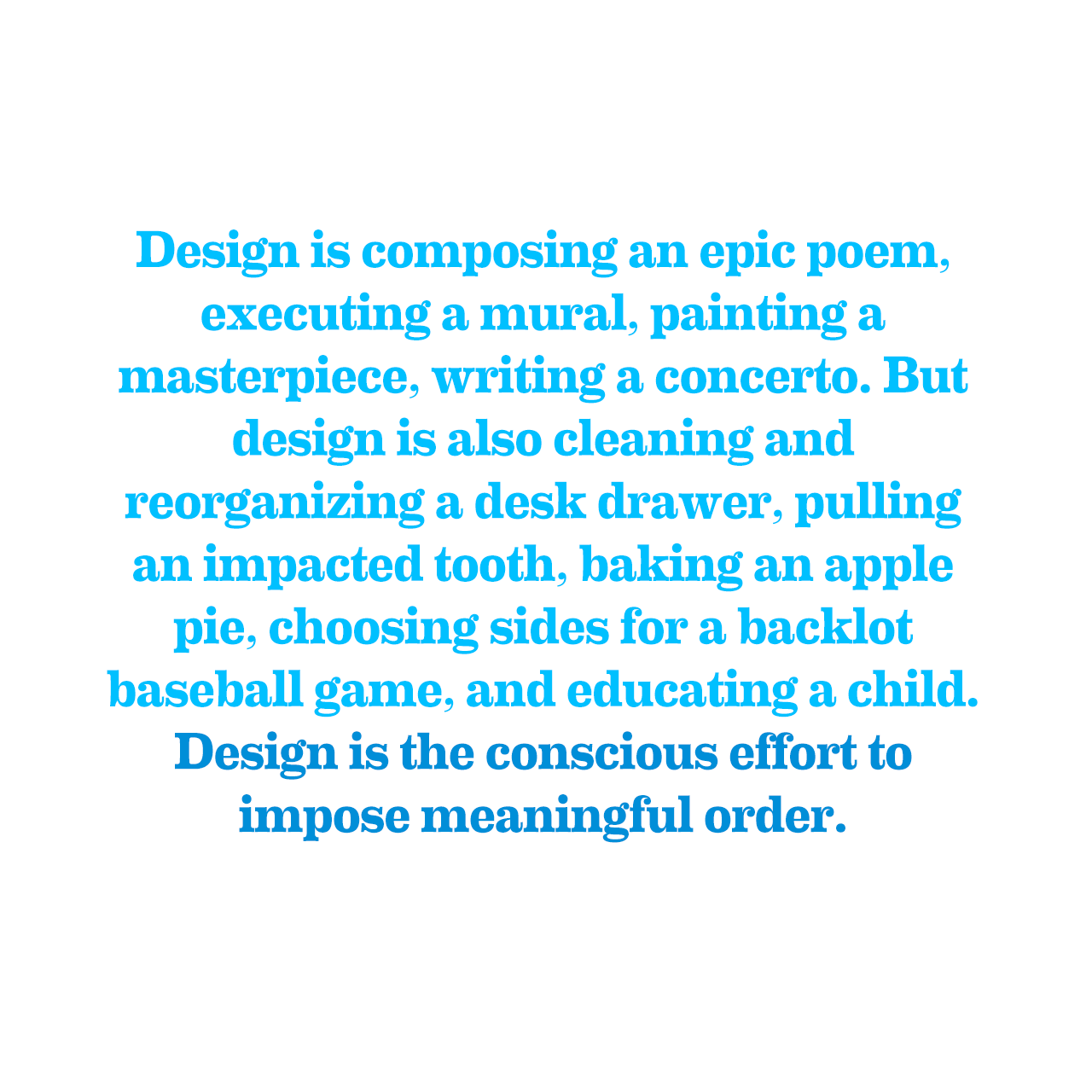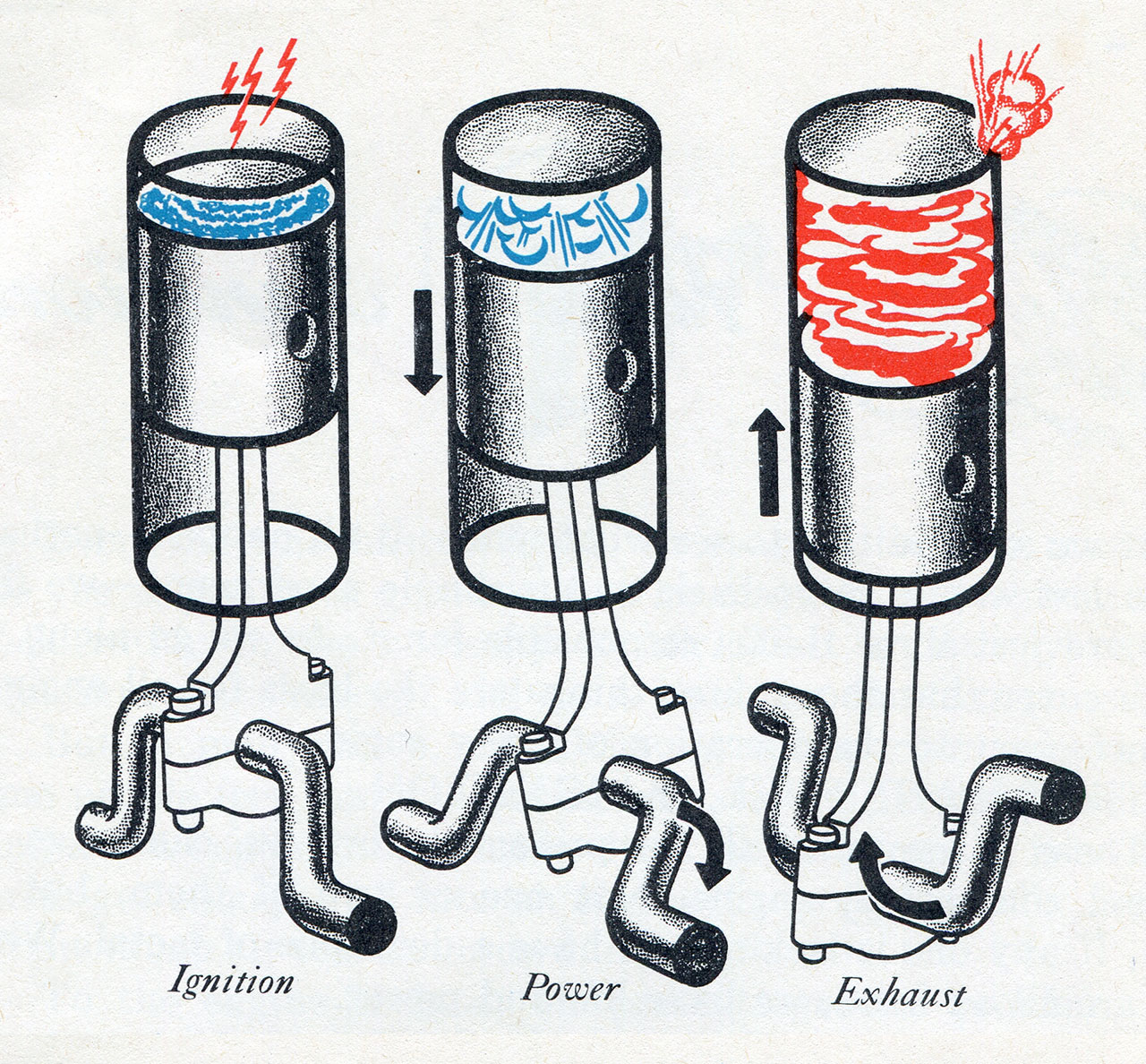“…break things down, and find new value in the parts…”
Nathan Kontny with some great analogies to the creative process of stealing, breaking down and reconstructing:
Professional car thieves know that as soon as you steal a car, your next immediate task is to get it to a chop shop. A chop shop is an illegally operating garage that specializes in taking a car and almost literally chopping it into pieces. In less than an hour, a stolen car is chopped. Seats, windshield, airbags – every individual item is removed. Things with VINs are dumped, destroyed, or melted down.
Now, thieves have extremely valuable parts on their hands. Wheels, entertainment systems, air bags – all can go for hundreds to thousands of dollars on their own. Even melted down. A catalytic converter contains platinum going for $1500 an ounce.
And in their sale, they can’t be traced back to the original owner or the crime.


